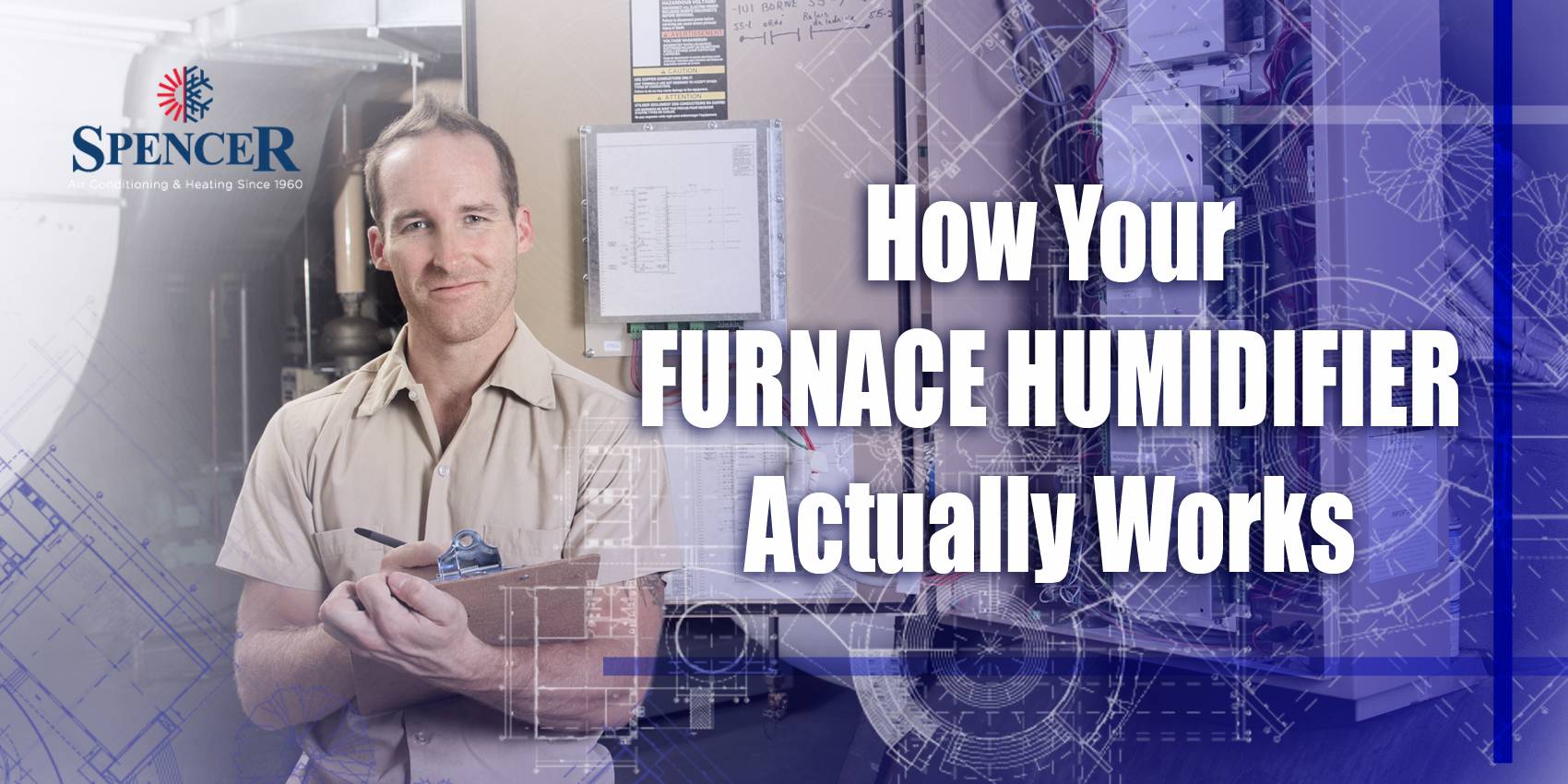You might be thinking that a furnace humidifier isn’t something you really need during the long cold months. What you don’t know is that the warm and dry air that your furnace produces can cause negative effects on your health and comfort. Knowing how your furnace humidifiers work will tell you just why you need to have one for your home.
How A Furnace Humidifier Works
A furnace humidifier is installed on the furnace’s hot air supply which works hand in hand with your furnace through a series of connections in the ductworks and water supply. It adds moisture in the air that is distributed to your home. The furnace humidifier turns on and off repeatedly to maintain the humidity level you set to your humidistat.
There are different types of furnace humidifier according to how they work.
- Bypass humidifier. A bypass humidifier only works when you turn on your furnace unit. It is mounted on an air-return duct; pulls warm air from the ductwork and release it on the evaporator pad using the pressure in the supply and return ducts.
- Fan-powered humidifier. Unlike bypass humidifiers, this type can operate even when the furnace is off. When the sensors of the humidistat find the air too dry, it opens the solenoid valve to allow water to enter the moist pad then activates the fan to lead the water vapor in the ductworks. The water which fails to vaporize is directed in the drain line. When the set humidity level is reached, the solenoid valve closes discontinuing the process.
- Steam humidifier. A steam humidifier works like a kettle. It heats the water to produce steam which is moved by the system’s blower to the ductwork and into your home.





